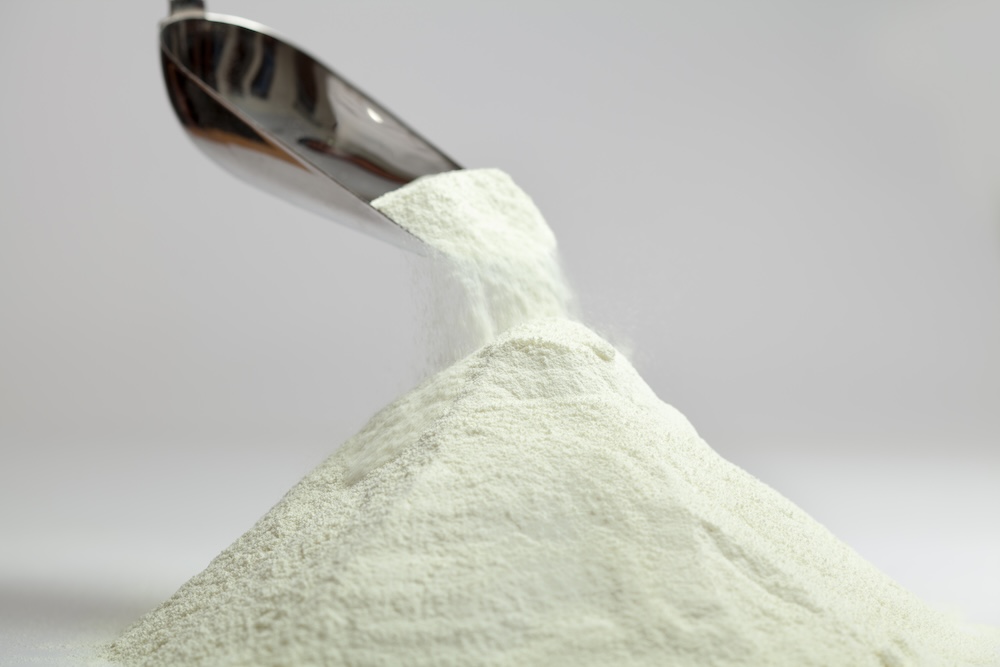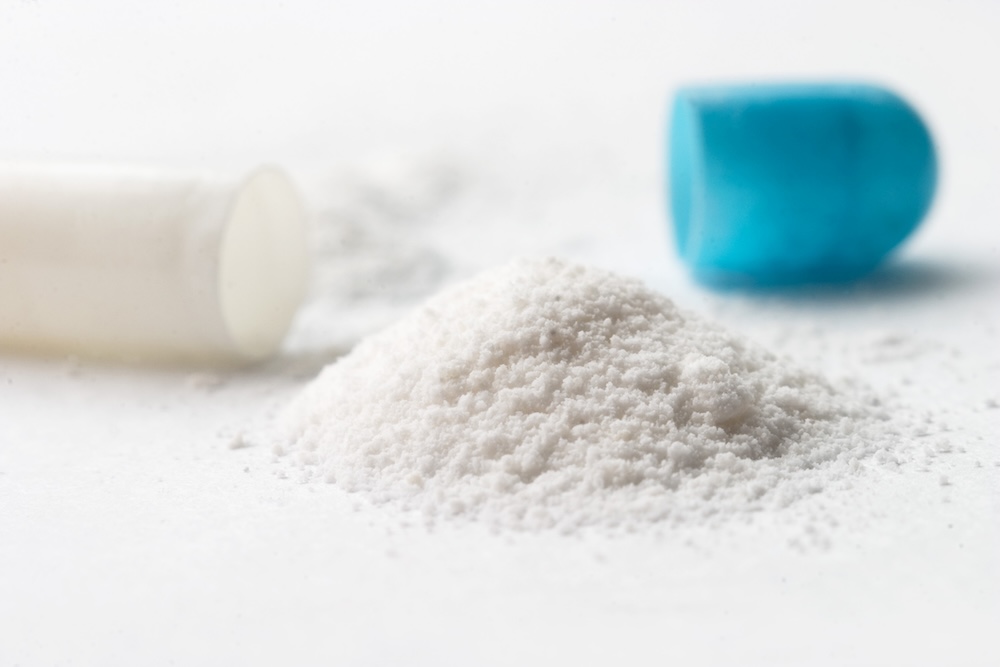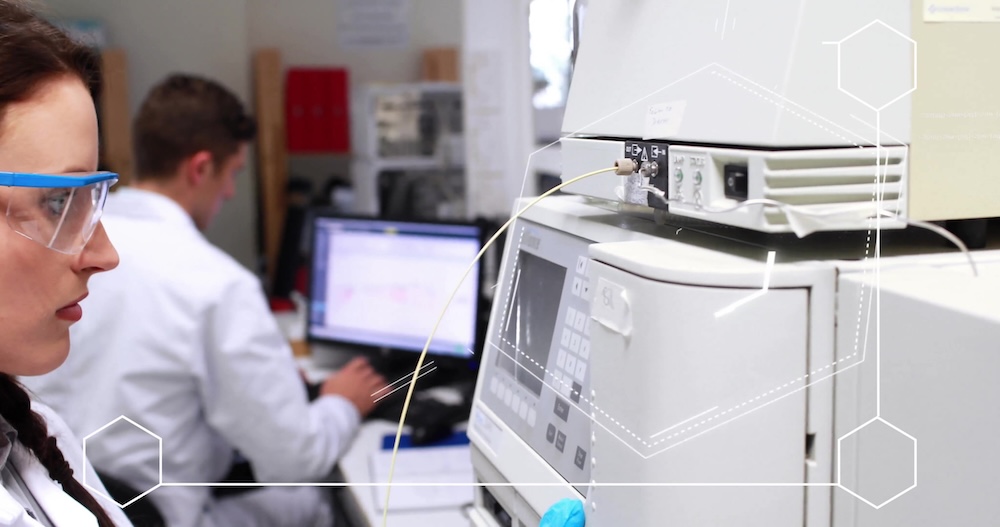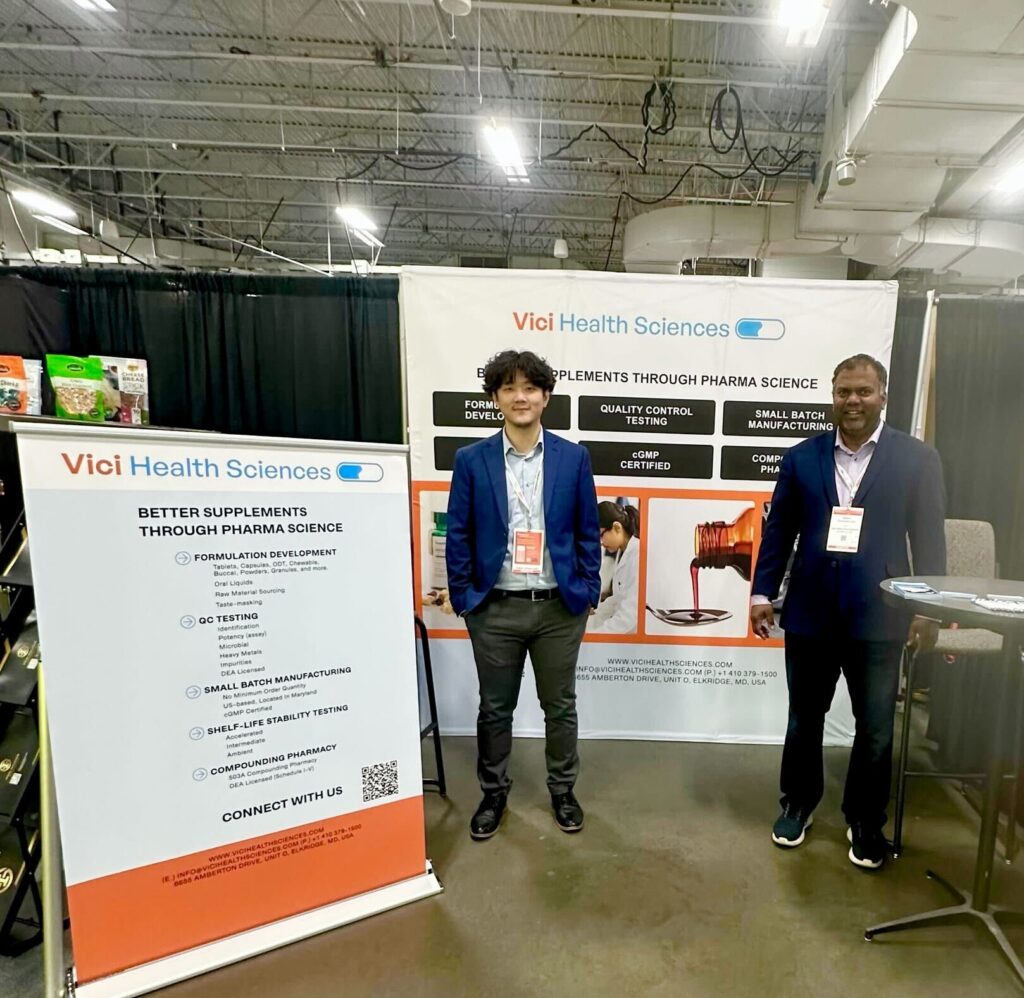Taste masking is often used in the pharmaceutical industry to make bitter or unpleasant-tasting drugs more palatable. This is especially important for pediatric populations or geriatric populations. Taste masking can be achieved through a variety of methods, including:
- Adding sweeteners and flavors: Sweeteners and flavors can be added to mask the taste of a drug. For example, aspartame and sucralose are often used to mask the bitter taste of quinine. Excipient vendors offer bitterness blockers that specifically act on receptors reducing bitterness of specific drugs.
- Using coating agents: Coating agents can be used to cover the taste of a drug. For example, coatings are used to prevent drugs from being released in the mouth, thereby reducing the ability for the bitterness to be tasted. These coating agents quickly dissolve when exposed to the low pH environment in the stomach resulting in drug release.
- Using taste-masking polymers: Taste-masking polymers are substances that bind to the taste receptors on the tongue, preventing them from detecting the taste of a drug.
Taste masking is an important part of pharmaceutical development. It can help to improve patient compliance and reduce the risk of drug-related side effects. Taste masking is critical for a variety of reasons:
- Improved patient compliance: When patients find a drug unpleasant to taste, they are less likely to take it as prescribed. Taste masking can help to make drugs more palatable, which can lead to improved patient compliance. This is especially important for pediatric medications.
- Reduced risk of drug-related side effects: Some drugs can cause side effects, such as nausea and vomiting, when they are tasted. Taste masking can help to reduce the risk of these side effects by making the drug less likely to be tasted.
Taste masking can be very challenging and may not always be successful:
- The taste of a drug can be difficult to mask. Some drugs have very strong or unpleasant tastes that are difficult to mask with traditional methods. The only viable strategy is creating physical barriers between the drug and taste receptors, which is not possible for solution or gummy formulations. Coating drug particles to improve taste may lead to the formulation having a gritty mouth feel, which patients consider unpleasant.
- Taste masking can affect the efficacy of a drug. Some taste-masking agents can interfere with the absorption or metabolism of a drug, which can affect its efficacy. In vitro and in vivo drug release studies may need to be performed if sequestering techniques are utilized during taste masking.
- Different types of taste masking is required for different issues. For example, attributes such as bitterness, sourness, texture or irritation may require different technologies to address these issues. Mouthfeel and even odor may be challenges that occur along with unpleasant taste and creative formulation solutions need to be devised to make such drugs palatable.
It is extremely difficult to mask the taste of drugs that have toxicity associated with it. In such circumstances, developers need to consider the use of electronic tongues to evaluate and mitigate poor taste. Such devices are not commonly available and may be expensive. Alternative formulations and routes of dosing that bypass oral exposure of the drug may ultimately be necessary to overcome such challenges.
Despite the challenges, taste masking is an important part of pharmaceutical development. It can help to improve patient compliance and reduce the risk of drug-related side effects.





